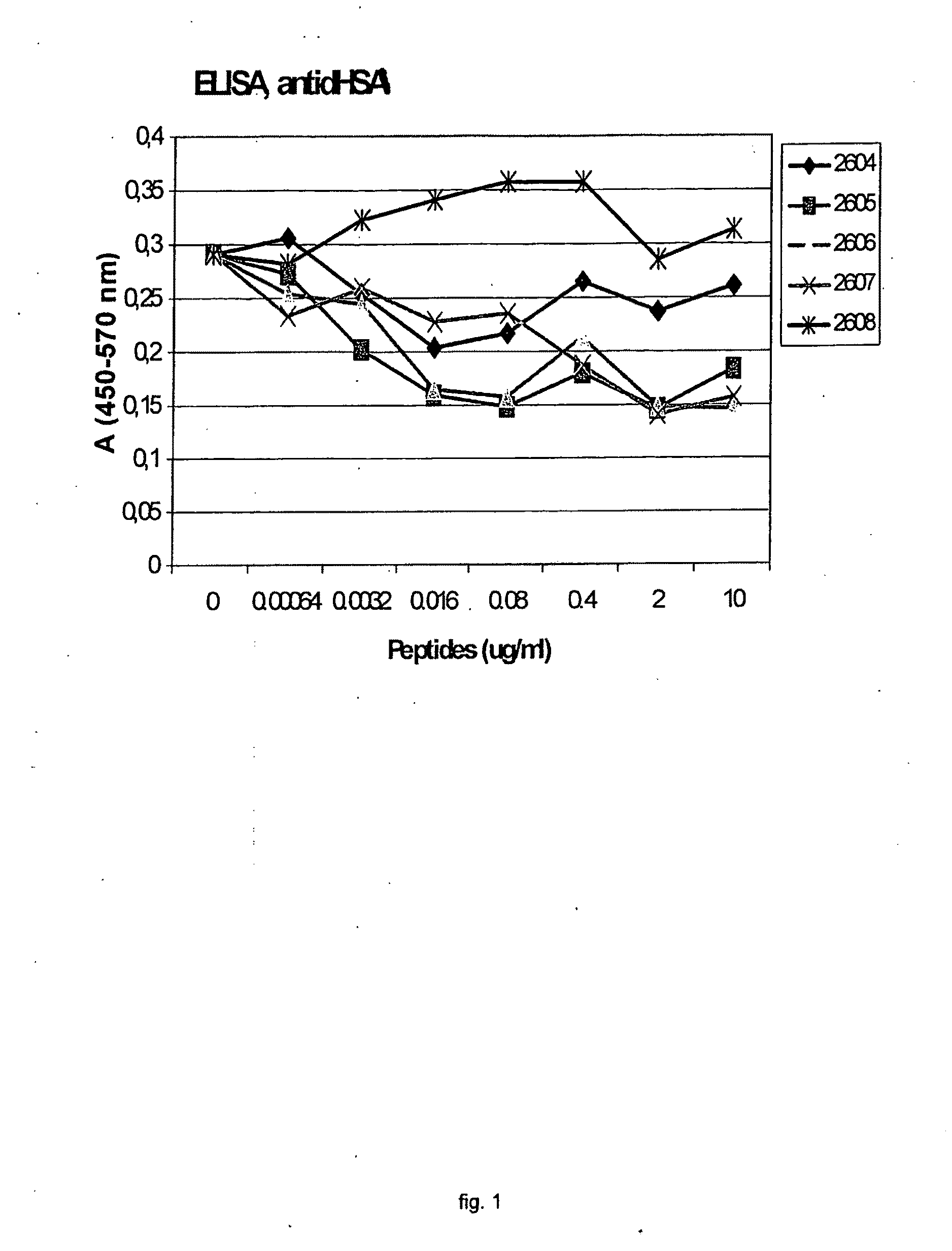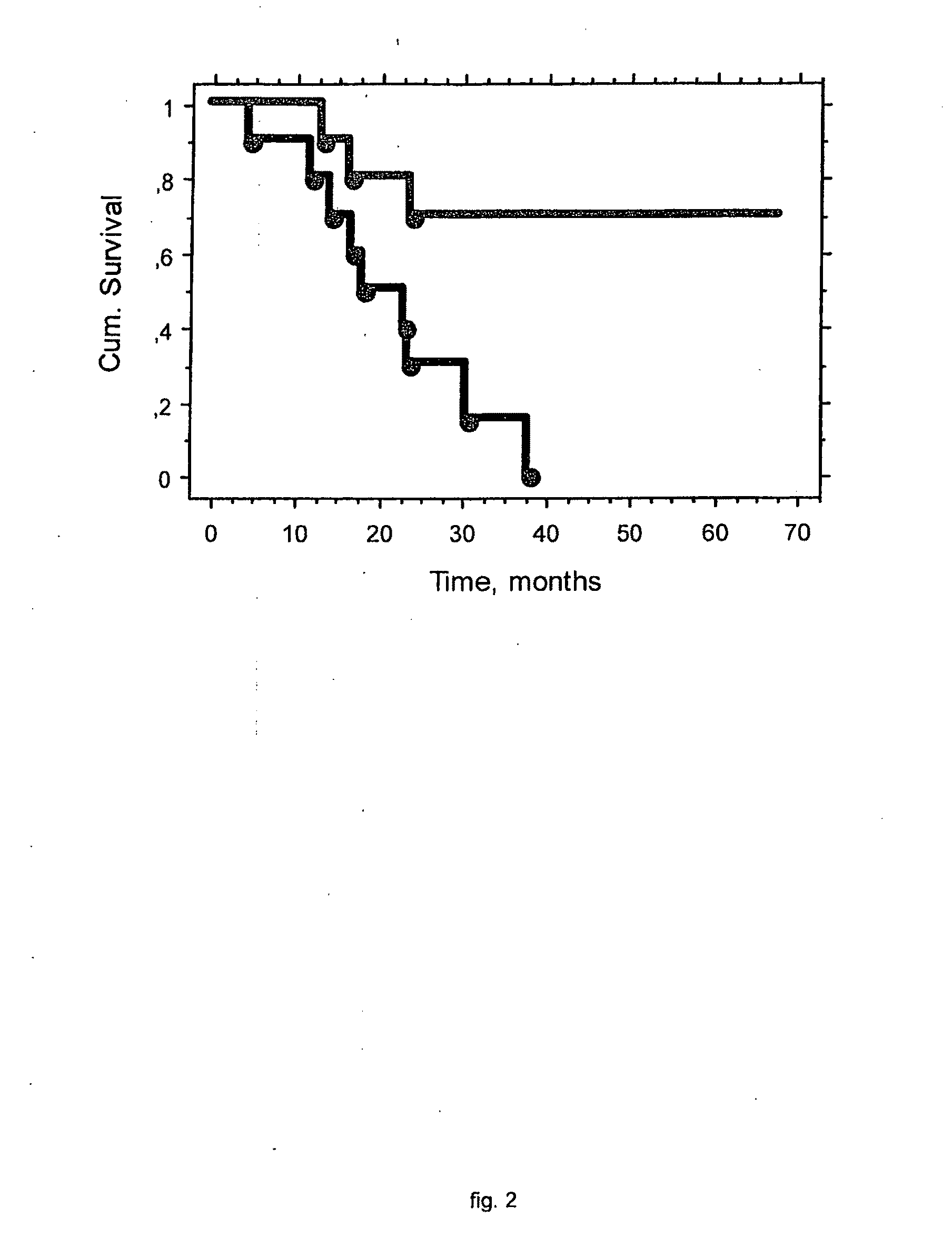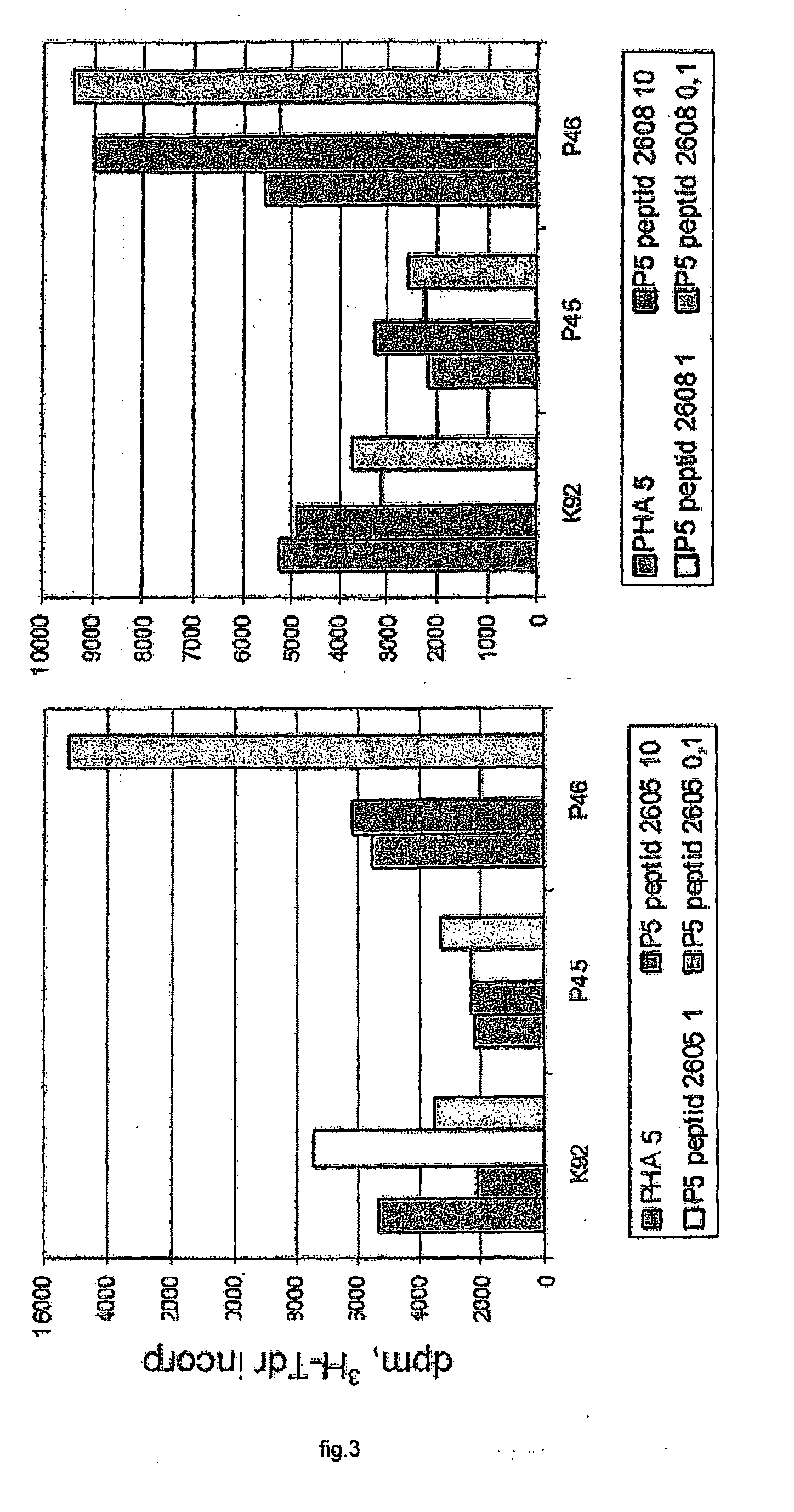Immunoregulatory structures from normally occurring proteins
a normally occurring protein and immunoregulatory technology, applied in the field of immunoregulatory structure from normally occurring proteins, can solve the problems of malignant tumours continuing to grow, poor immunotherapy efficacy, poor immune mediated cancer control,
- Summary
- Abstract
- Description
- Claims
- Application Information
AI Technical Summary
Benefits of technology
Problems solved by technology
Method used
Image
Examples
Embodiment Construction
[0013]The present invention relates to an immune cell binding protein sequence of a protein normally occurring in serum, such as to an isolated cell binding peptide, fragment, neo-structure and / or neo-epitope of a protein normally occurring in serum, which is present in a human tissue, wherein said peptide, fragment, neo-structure and / or neo-epitope has an immunoregulatory activity and said peptide, fragment, neo-structure and / or neo-epitope is the result of an enhanced proteolytic activity and / or denaturing in an inflammatory tissue and / or a malignant tumour. Specific examples of such immune cell binding protein sequences are selected from the amino acid sequences listed e.g. as SEQ.ID.NO(s). 1-81, such as in particular from the sequences corresponding to SEQ.ID.NO(s). 26, 80, and 81.
[0014]Consequently, the present invention also relates to the use as a medicine of an immune cell binding protein sequence of a protein normally occurring in serum, such as an isolated cell binding pep...
PUM
| Property | Measurement | Unit |
|---|---|---|
| Fraction | aaaaa | aaaaa |
| Immunogenicity | aaaaa | aaaaa |
Abstract
Description
Claims
Application Information
 Login to View More
Login to View More - R&D
- Intellectual Property
- Life Sciences
- Materials
- Tech Scout
- Unparalleled Data Quality
- Higher Quality Content
- 60% Fewer Hallucinations
Browse by: Latest US Patents, China's latest patents, Technical Efficacy Thesaurus, Application Domain, Technology Topic, Popular Technical Reports.
© 2025 PatSnap. All rights reserved.Legal|Privacy policy|Modern Slavery Act Transparency Statement|Sitemap|About US| Contact US: help@patsnap.com



